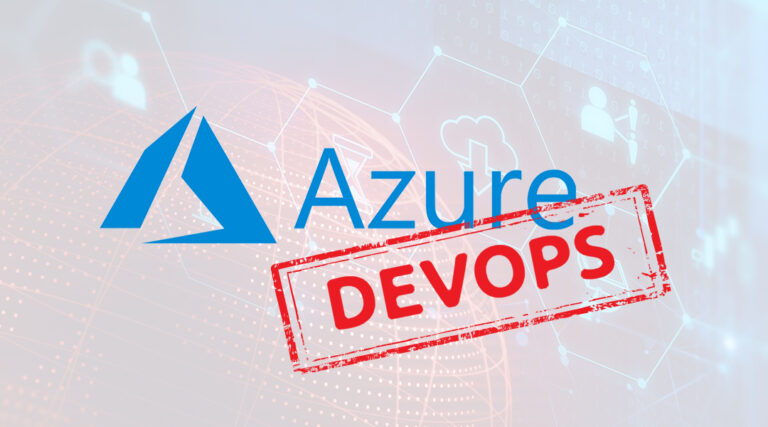
Microsoft has officially shipped Azure DevOps Server, the on-prem counterpart to the cloud-based service it unwrapped last September.
Or looked at another way, it has shipped the latest version of Visual Studio Team Services and Team Foundation Server, the predecessor products to Microsoft’s take on DevOps.
When Microsoft unwrapped Azure DevOps last year, VSTS users were bounced into the world of DevOps, whether they liked it or not, with a product suite that spanned CI/CD, work tracking, repo management and testing.
The vendor has not flagged up any major changes since the final release candidate shipped last month. That featured a number of new features including tighter integration with GitHub Enterprise, and Azure Boards work items. Presumably this all became easier once Microsoft subsumed GitHub shortly before Christmas. Other additions last month included the ability to configure builds using YAML, the addition of draft pull requests, and a new branch picker.
Azure DevOps director of programme management, Jamie Cool, used this week’s announcement to flag up the new version’s navigation, which he described as the largest overhaul done for several years, adding “so please make sure your users are aware of the changes and update appropriate internal documentation as part of upgrading.”
Microsoft has also promised a Data Migration Tool is coming too….but not for another three weeks.
Cloud Native may be the buzzword du jour – and Microsoft may be pushing its own cloud services hard – but the vast majority of computing is still done on prem. Indeed Google has centred its own hybrid cloud efforts around this fact.
At the same time, the costs of running large production workloads in the cloud are beginning to hit levels that can raise an eyebrow in the finance departments
And of course, there is always the sneaking suspicion that running everything in the cloud might – occasionally – mean you’re unable to do any work at all.
